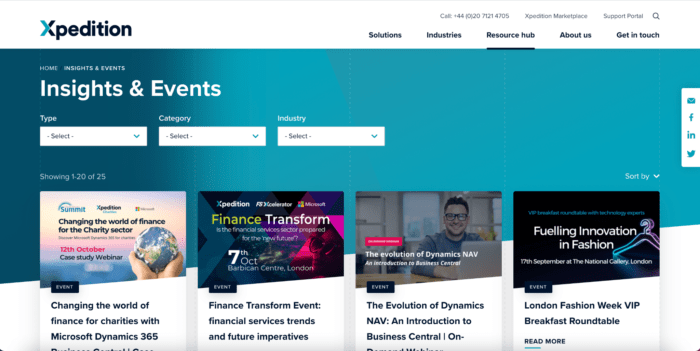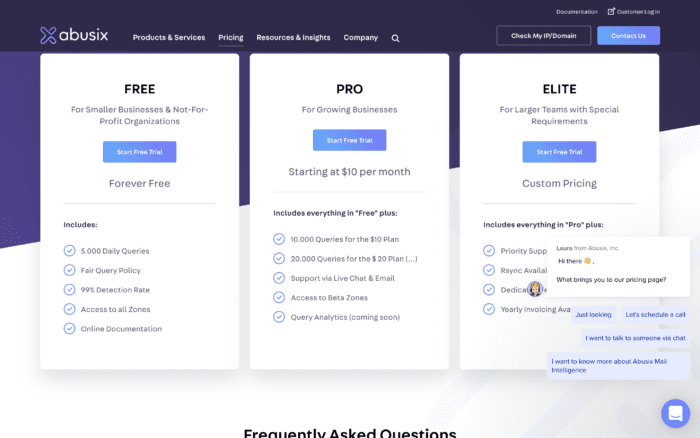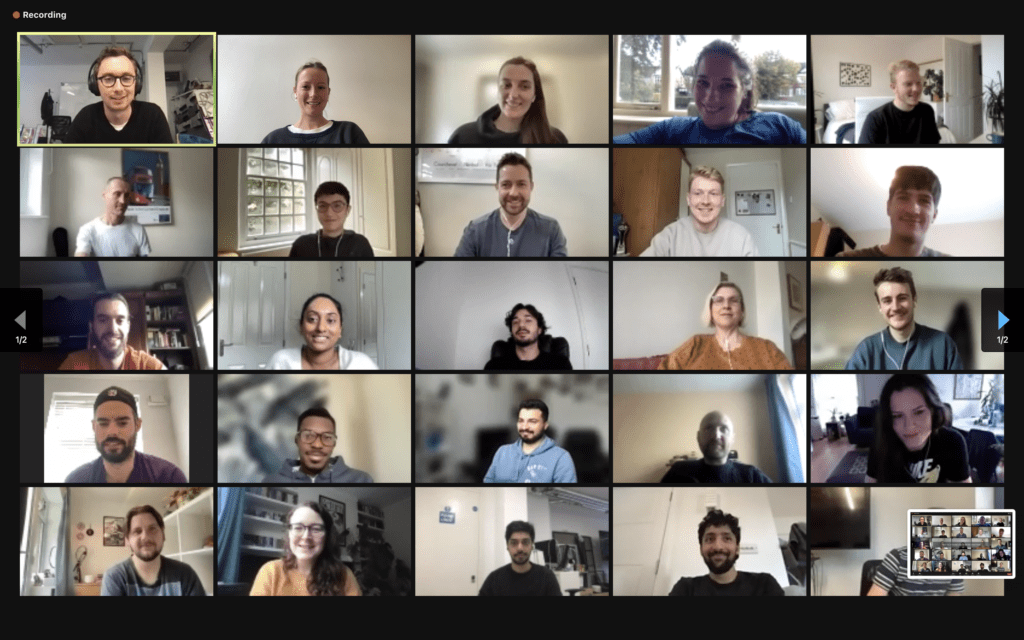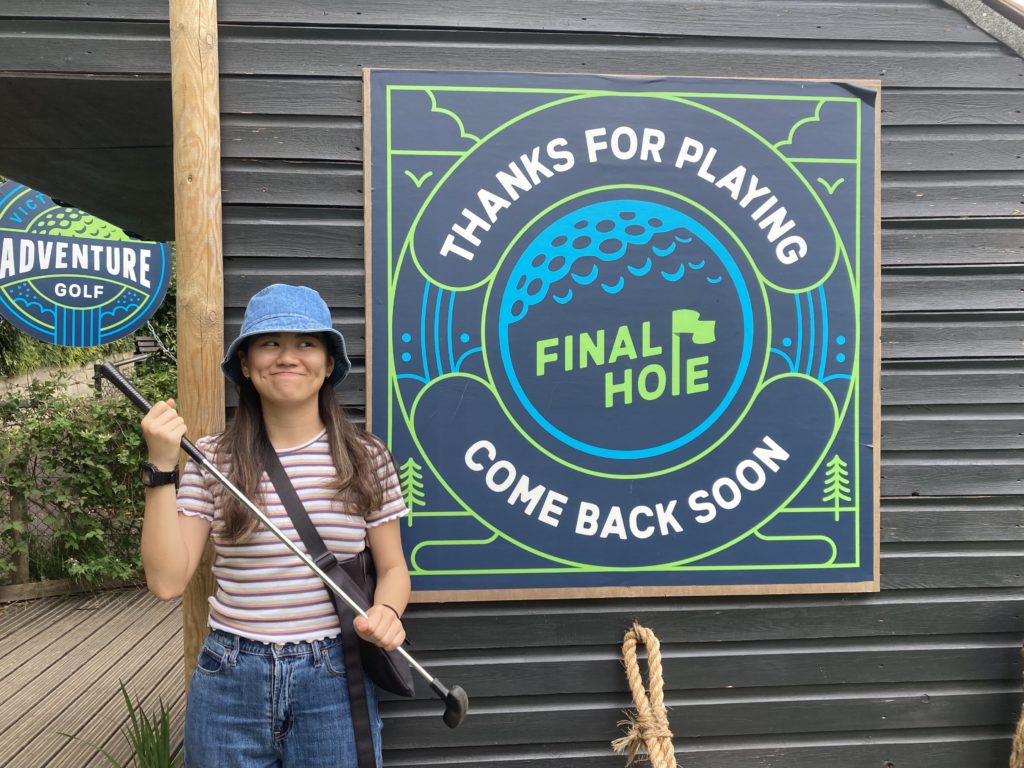How your B2B website can create digital first buying experiences

Digital marketing increasingly seems like an archaic term. Why? Because in a digital world, digital marketing is just… marketing.
Business buyers aren’t scouring physical stores for work-related products. Not anymore! One B2B survey showed that 89% of companies in the UK and the US find buying more complicated offline. So, they’re doing what all consumers are doing – shopping online.
And when B2B buyers shop online, they have certain expectations.They want a smooth research and sales experience that shortens the length, unwinds the complexity and eases the stress of B2B purchase decisions. They expect digital first buying experiences.
Not only have buyer expectations changed, opportunities for B2B companies have too. B2B websites can be more than a shop window. They can be marketing engines that draw users, generate leads and increase conversions through digital first buying experiences. With the right content, design, SEO and performance, your B2B website is a huge opportunity for growth.
Here are 5 ways your B2B website can create digital first buying experiences:
1. Self-serve features
70% of B2B decision-makers said they are “open to making new, fully self-serve or remote purchases in excess of $50,000.” B2B buyers now expect a softer sales approach, as they engage with websites first and do most of their research before speaking to a human.
B2B buyers want to buy on their own terms in their own time, as modern consumers increasingly detest being sold to. You’d think without a salesperson your B2B buyers would never be persuaded to buy, but that’s where a digital first buying experience on your B2B websites comes in. Self-serve models have been proven to increase customer satisfaction and build brand trust, and they can actually shorten sales cycles!
So how can your B2B website offer a premium self-serve experience?
Start by offering video demos instead of the usual ‘book a demo’ with a sales rep. Video demos offer the same information without the commitment, and are shareable amongst large groups of decision makers. Aside from video, generally content rich digital experiences that allow any member of the decision making unit to frictionlessly find their way to what they need should be the focus.
In a digital first buying experience, self-serve is a way to let your B2B website lead and do the heavy lifting for you, and it’s what B2B buyers are starting to expect!
2. Smooth user journeys
90% of B2B buyers expect a similar shopping experience on a B2B site as they do on a B2C site. The likes of Amazon’s one-click purchasing makes this benchmark tricky to reach for B2B marketers with complex solutions and large groups of decision makers.
However, the smoothness of a B2C buying experience is achievable on your B2B website with the right research, data and strategy behind the design and build. Anticipating user needs, mapping out potential journeys and designing pages to meet these, will ensure a smooth shopping experience for your B2B buyers.
Users are less likely to leave your website if they are met with relevant menu items, search functionality and an uncomplicated layout that helps them find what they’re looking for straight away. Search functionality is great for users who know exactly what they want to find when they go on your site. But relevant menu items and drop down options suit those who want to browse.
Suggesting next steps, providing relevant content and displaying call-to-actions can guide your users throughout their research process and help them to learn more about the solution you offer. This ease of navigation will help create digital first buying experiences for your website users.
3. Content for all stages of the B2B buyer journey
We’ve all heard about Tofu, Mofu and Bofu and the importance of B2B content that guides a prospect through their research and decision making phase. But how you display this content on your website is critical to how much it aids a digital first buying experience.
SEO is key to that top-of-funnel discovery phase when prospects turn to Google to learn more about their challenges – an important first touch-point in a digital marketplace! Your B2B website should be on the first page of target keywords so that you’re on their radar as a trustworthy and valuable source of information. To achieve this, SEO should be considered in the development of your B2B website, as well as in your site design.
Further down the marketing funnel, the content on your B2B website should be displayed in a way that encourages a digital first research phase. ‘Resource hubs’ or ‘content hubs’ are a great place to keep all of your content so that it’s easily located and makes sense to sift through. This content could be categorised into topics and have search functionality.

Case studies are an important resource for B2B buyers to learn how your solution has helped similar customers. As part of a digital first buying experience, these should be easily found on your website and categorised by sector or challenge. They should emphasise your clients and customers as the heroes of the story, not you.
4. Page performance
After Google’s Core Web Vitals update, page performance has skyrocketed in importance for B2B websites, as Google prioritises those that have a great onpage experience for users. This means UX & development matter for SEO more than ever.
Your B2B website needs to be mobile friendly, have fast loading times, safe browsing and no pop-ups. You can achieve this through professional website development that is closely aligned with UX. Your developers should have a deep understanding of SEO so that they know how to optimise the delivery of the code they write.
You can test the performance of your current website with free tools such as WebPageTest, which uncovers and breaks down the speed of specific pages.
In having optimised page performance, not only will your B2B website have higher domain authority and rank higher on Google, you’ll have lower bounce rates. You’ll also initiate positive customer relationships that aren’t founded upon the irritation of a glitchy loading symbol.
5. Pricing
As one of the 4 P’s, pricing is well-known as a strategic player in the B2B marketing world. But digital first buying experiences change what we thought we knew about pricing. What was once a topic for discretion and only mentioned along the funnel by a salesperson, pricing can now be considered best when it’s upfront and obvious.
A transparent pricing page is an easy step to creating a digital first buying experience. It shortens lengthy B2B sales cycles, as buyers know straight away whether your offering is in their budget or not. Yes, you’re laying all your cards on the table, but this increases trust with your prospects and filters out those who aren’t your ideal customer persona.

Without a sales rep to present and negotiate price, a pricing page needs to showcase pricing options that suit the needs of various target personas. One potential option is a free trial, which is a great way to show off your product and increase investment from a prospect before they buy. They’ll become attuned to your user interface and integrate your product in their work, making their purchase decision easier.
In having transparent pricing, you’ll create strong digital first buying experiences that give control to your B2B buyers.
Imagine walking into a physical shop to buy a MarTech product… even the thought seems ridiculous! Digital is here to stay, so you need to offer your B2B buyers digital first buying experiences. That’s not to say that the role of the salesperson is dead – but as with digital engagement, human interaction needs to add value and meet customer needs. Salespeople need to become more consultative and deliver bespoke services that prospective customers can’t find online.
Your B2B website can help you create digital first buying experiences and act as your digital marketing machine that generates leads and drives conversions. Learn how.

Internal day: October 2021

Meet the team: Vivian
Let's Talk
Do you have a web design and build project coming up that you would like to talk about?